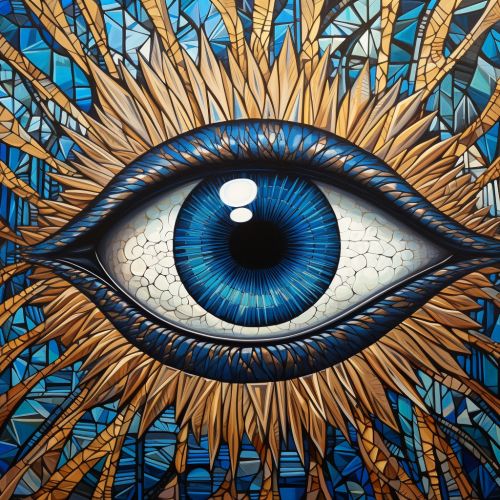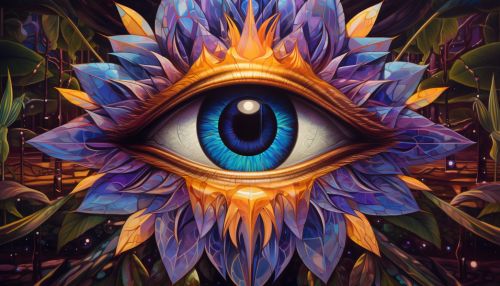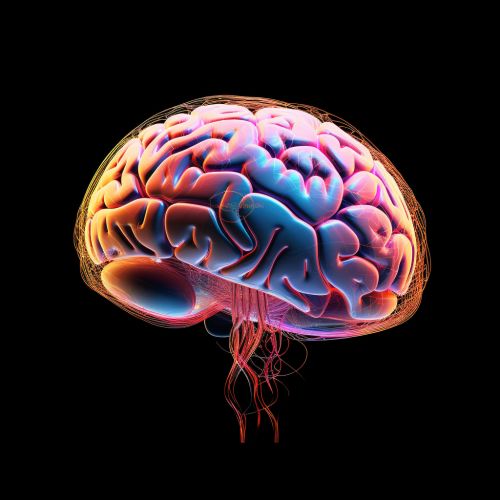Perception
Introduction
Perception is the process by which organisms interpret and organize sensation to produce a meaningful experience of the world1(https://www.britannica.com/science/perception). Sensation usually refers to the immediate, relatively unprocessed result of stimulation of sensory receptors in the eyes, ears, nose, tongue, or skin. Perception, on the other hand, better describes one's ultimate experience of the world and typically involves further processing of sensory input2(https://www.ncbi.nlm.nih.gov/books/NBK55967/). In practice, sensation and perception are virtually impossible to separate, because they are part of one continuous process. Thus, perception in humans describes the process whereby sensory stimulation is translated into organized experience3(https://www.sciencedirect.com/topics/neuroscience/perception).


Historical Overview
The study of perception gave rise to the Gestalt school of psychology, with its emphasis on holistic approach. In the area of perception, Gestalt psychologists stipulated that perceptions are the products of complex interactions among various stimuli4(https://www.britannica.com/science/Gestalt-psychology). Contrary to the behaviorist approach to understanding the elements of cognitive processes, gestalt psychologists sought to understand the organization of cognitive processes5(https://www.ncbi.nlm.nih.gov/pmc/articles/PMC474733/).


Perceptual Processes
Perceptual processes are the cognitive functions that allow us to experience and interact with the world around us. They include the processes of attention, recognition, and perception of sensory stimuli6(https://www.sciencedirect.com/topics/neuroscience/perceptual-processes).
Attention
Attention is the cognitive process that allows us to focus on specific stimuli or aspects of the environment while ignoring others. It is a critical component of perception as it allows us to filter out irrelevant information and focus on what is important7(https://www.ncbi.nlm.nih.gov/books/NBK557687/).
Recognition
Recognition is the process of identifying a stimulus that has been previously encountered. It involves the comparison of information received with the memory of previous encounters with the same or similar stimuli8(https://www.sciencedirect.com/topics/neuroscience/recognition).
Perception of Sensory Stimuli
Perception of sensory stimuli involves the interpretation of the sensory information in the brain to understand its significance. This process involves several stages, including the detection of physical energy from the environment, the conversion of this energy into neural signals, the processing of these signals in the brain, and the interpretation of the sensory information to give it meaning9(https://www.ncbi.nlm.nih.gov/books/NBK557687/).


Perception in Different Species
Perception is not limited to humans and is found in all animals. However, the way in which different species perceive the world can vary greatly. For example, some animals may perceive the world primarily through smell or sound, while others may rely more on sight or touch. These differences in perception are often related to the specific needs and survival strategies of the species10(https://www.ncbi.nlm.nih.gov/pmc/articles/PMC1571064/).


Perception and Reality
Perception is often thought to be a passive process. We see, hear, smell, taste or feel stimuli that passively enter our senses, which our brain then processes. However, perception is not that simple. In fact, our perceptions are actively constructed using assumptions that our brain makes based on our past experiences. As a result, our perception of reality can be different from the actual reality11(https://www.ncbi.nlm.nih.gov/pmc/articles/PMC3485779/).


Conclusion
Perception is a complex process that involves the interpretation of sensory input to create our experience of the world. It is an active process that involves our brain making assumptions based on our past experiences. Understanding the process of perception can help us understand how we interact with the world and how our experiences shape our perception of reality.
See Also
References
1. "Perception." Britannica 2. "Sensation and Perception." National Center for Biotechnology Information 3. "Perception." ScienceDirect 4. "Gestalt Psychology." Britannica 5. "Gestalt Psychology and Cognitive Psychology." National Center for Biotechnology Information 6. "Perceptual Processes." ScienceDirect 7. "Attention." National Center for Biotechnology Information 8. "Recognition." ScienceDirect 9. "Perception of Sensory Stimuli." National Center for Biotechnology Information 10. "Perception in Different Species." National Center for Biotechnology Information 11. "Perception and Reality." National Center for Biotechnology Information
